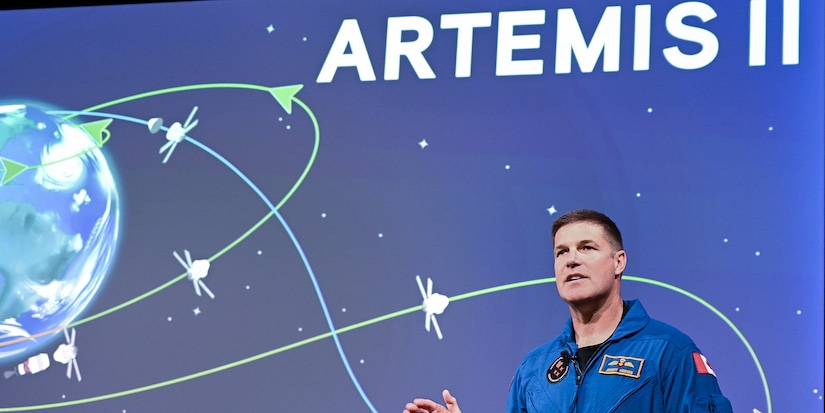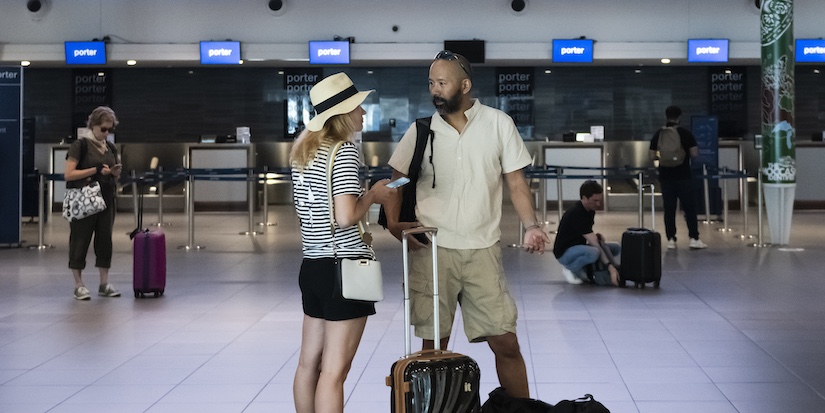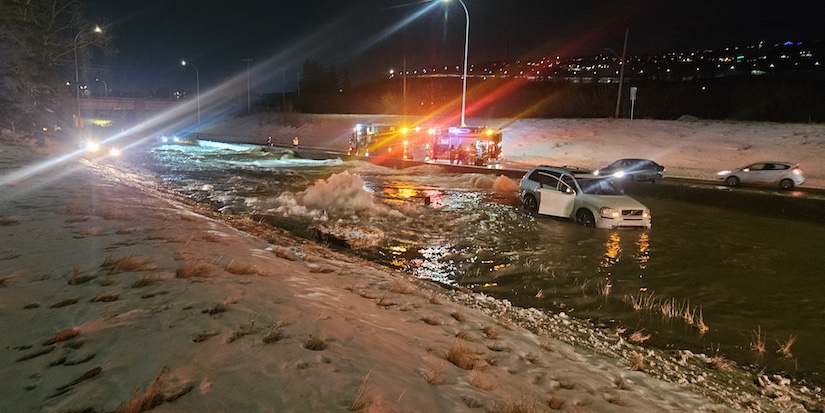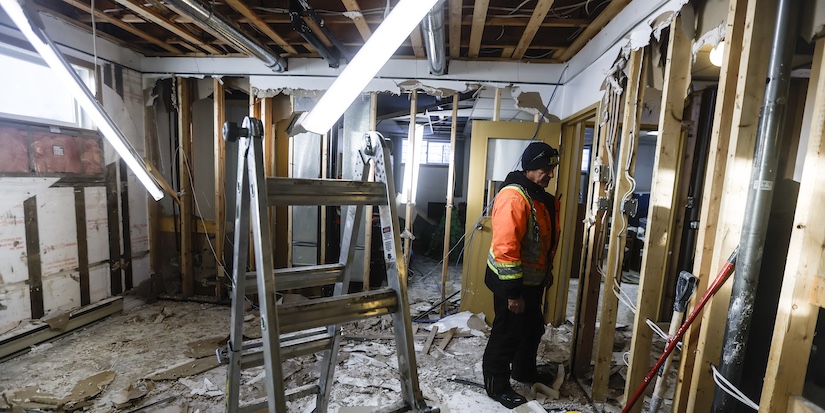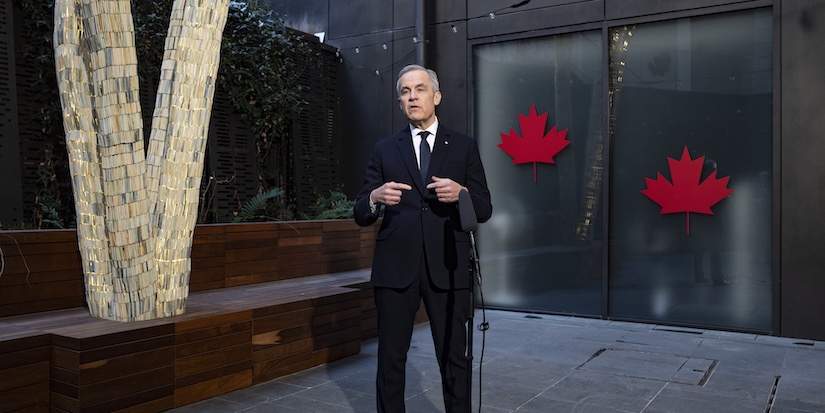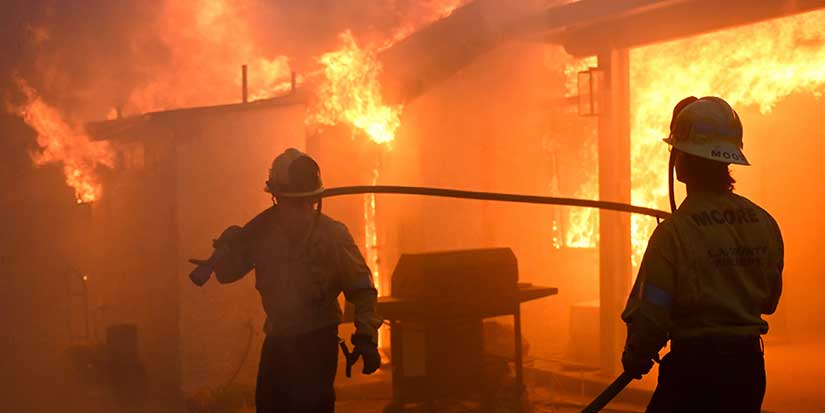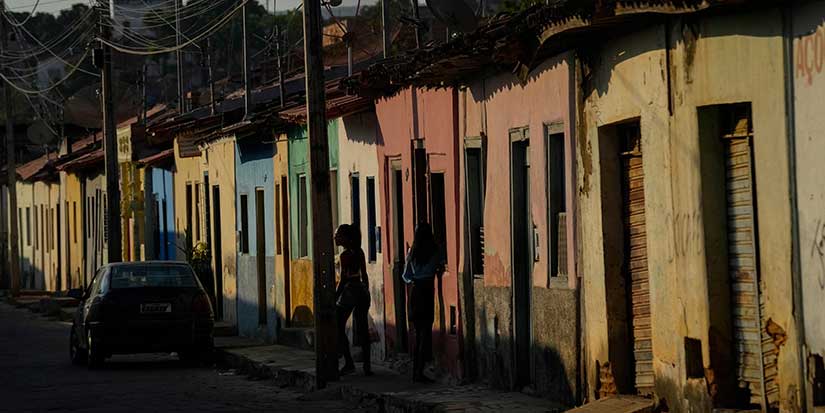Latest News
Interurban rolls on in history
The 1220 rolls on, even if only as folklore.
Though the historic tram made its final
journey between Marpole and Steveston nearly 60 years ago, it continues to be
an important and cherished link to Richmond’s past. And as one of only seven BC
Electric Railway Company trams remaining, its place is also entrenched in
British Columbia’s transportation memories.
Now in the process of being restored, the
105-year-old tram is permanently housed at the Steveston Interurban Tram
Building at 4011 Moncton St. and is the largest artefact in the City of
Richmond’s collection. This weekend’s (Saturday, June 3 and Sunday, June 4 from
10 a.m. to 4 p.m.) 10th annual Doors Open celebration is an optimum time to
check out the tram and perhaps have a chat with a restoration expert. Family
activities include the opportunity to create your own commemorative tram
button. Doors Open is a free, city-wide public celebration of arts, heritage
and culture featuring 42 sites.
Prior to completing its last scheduled run
Feb. 28, 1958, which completed a decade-long decommissioning of the interurban
and streetcar system, the tram served on one of the most heavily-used routes in
the Greater Vancouver region.
“It was quite a popular line, which at its
peak usually operated two tram cars connected together,” said Gabrielle Sharp,
co-ordinator of the Steveston Museum and Interurban Tram Building. “And because
the BCE also shared the track (with the Canadian Pacific Railway) it had to
follow an exact schedule.”
The predecessor to today’s fully automated
light rail transit system, the rail line on Lulu Island from 1902 to 1958
provided both freight and passenger service via steam trains. The line was
built and owned by the CPR and leased to the BC Electric Railway Company, which
electrified the line after initiating its Vancouver-Steveston interurban and
freight service in 1905. In 1913, BC Electric added 28 tram cars it purchased
from the St. Louis Car Company, among which was the 1220.
Each tram had the capacity to seat 64 people,
with a few leather straps at the front and back to assist standees. Besides
providing regular passenger service throughout the day, the trams also towed
freight such as milk (farmers deposited heavy containers at reinforced
stations) into Vancouver. The containers were returned with spring water, which
wasn’t available in Richmond because it had no fresh water supply.
Affectionately called the Sockeye Special,
tram 1220 got its name because of its original intent to provide a rail link
for workers and canned products between Steveston and Vancouver. Traces of the
line’s route can still be seen along Railway and Granville avenues, Garden City
Road and Great Canadian Way.
It wasn’t cheap to ride the rails, at least
in the early days. A return trip into the “big city” cost 85 cents, which
Sharpe notes equates to $17 today.
If you’re unable to make it out this weekend,
the Steveston interurban tram building is open to the public from 10 a.m. to 4
p.m. daily, and until 5 p.m. during the summer.
But once ridership grew fares dropped
significantly, and by 1954 a return trip—though it required a transfer because
all of the streetcars in Vancouver had stopped running—was very reasonable. It
cost only an additional 15 cents beyond the local Richmond fares which ranged
from five cents (a child’s one zone fare) to 10 cents (an adult’s one zone
fare). Richmond was divided into four zones, with fares increasing from 10
cents to 15 cents (two zones), 25 cents (three zones) and 30 cents (four
zones).
While Richmondites frequently ventured into
town as a family on weekends, the reverse was also true. The Steveston Opera
House was a popular destination, as was the race track, as Brighouse featured some
of the finest horse racing in North America. That required the interurban to
add trams known as “racing specials” to meet the demand.
Restoration work on the 1220 tram began in
late 2016 with the undercarriage which has been cleaned and treated for rust
and painted. This winter the ceiling was removed and salvageable parts tagged
to be restored before being reinstalled. The interior lights and headlights
will also be returned to working order, while the roof is scheduled to be
repaired and a new canvas cover ordered to go on top to ensure the tram is
water tight. Volunteers are also conducting research about the 1200 class trams
to identify parts to help complete the restoration project.
If you’re unable to make it out this weekend,
the Steveston Interurban Tram Building is open to the public from 10 a.m. to 4
p.m. daily, and until 5 p.m. during the summer.










